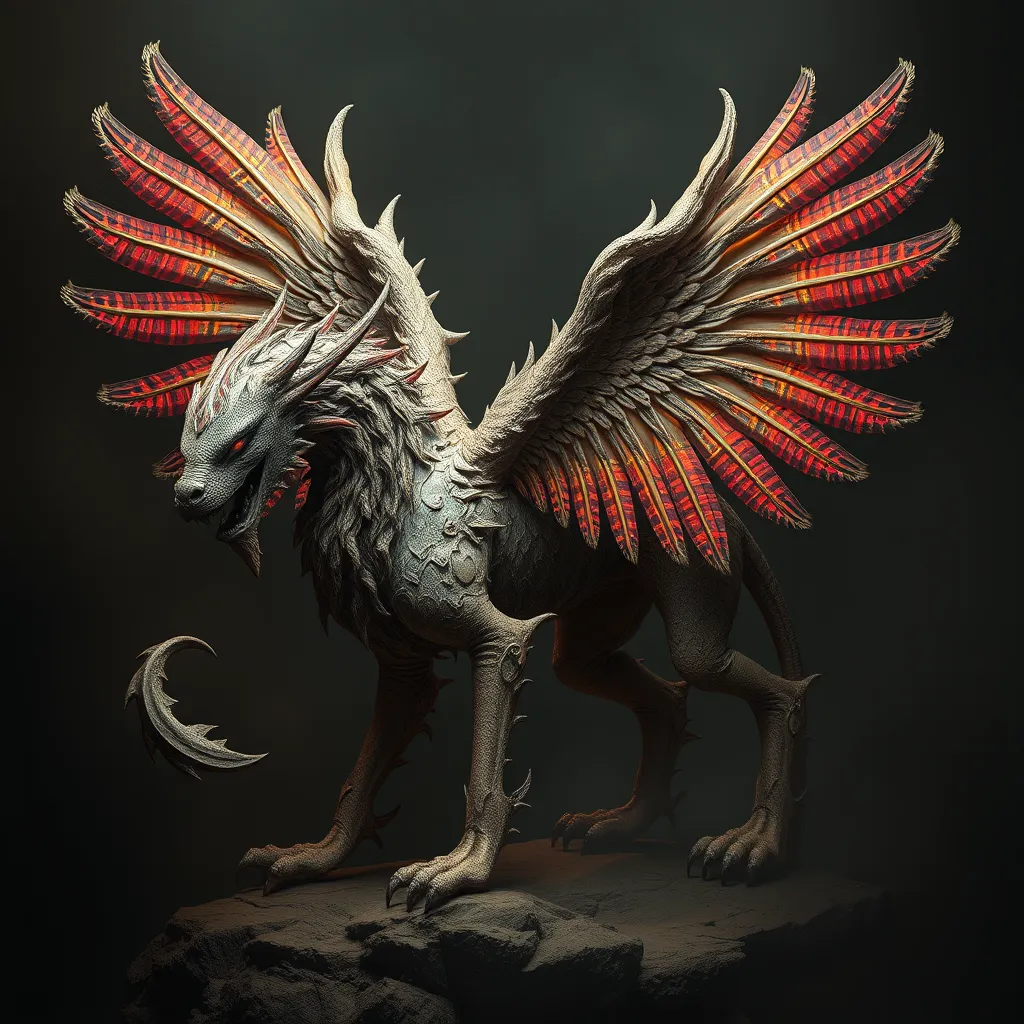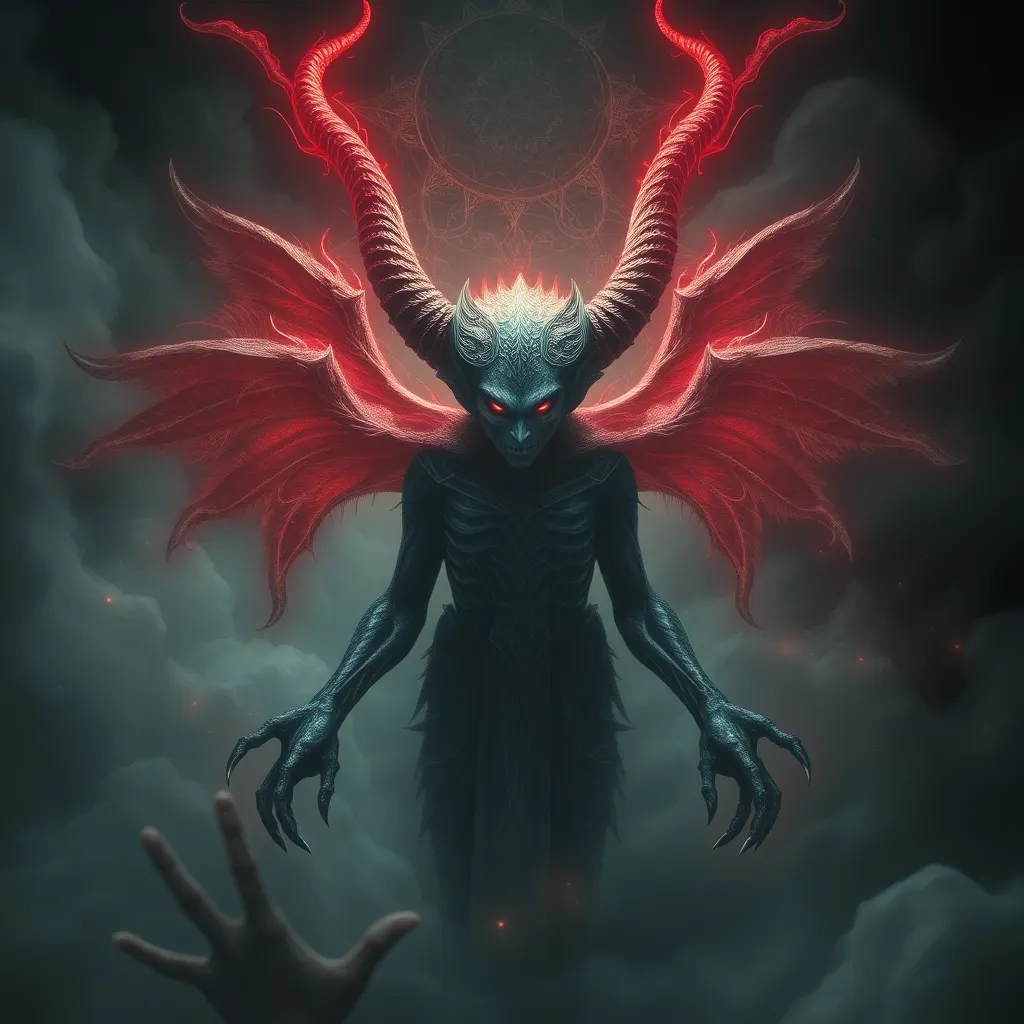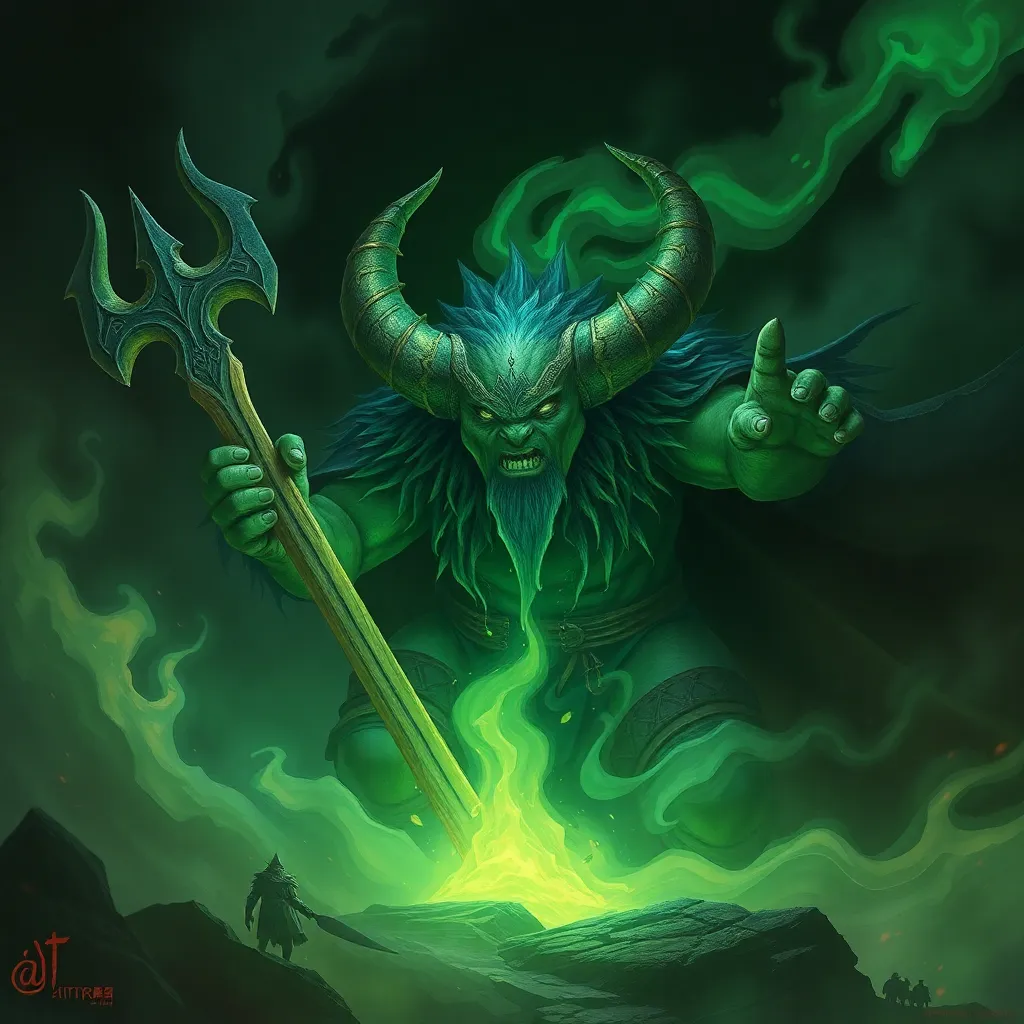The Rakshasa in Roman Mythology: The Unseen Forces of the Underworld
I. Introduction
The term Rakshasa originates from ancient Indian mythology, referring to a class of demonic beings known for their malevolent nature. Traditionally portrayed as shape-shifters, they inhabit the realms of darkness and chaos, often challenging the cosmic order. In the context of Roman mythology, the Rakshasa may not have a direct counterpart, but their essence resonates with various unseen forces associated with the underworld. This article explores the role of Rakshasa as the unseen forces of the Roman underworld, illuminating their significance in cultural narratives.
II. Historical Context of Rakshasa in Mythology
The origins of the Rakshasa can be traced back to ancient texts, notably the Ramayana and the Mahabharata, where they are depicted as powerful entities opposing divine forces. These texts illustrate the duality of their nature, serving both as adversaries and, at times, as protectors of sacred knowledge.
In juxtaposition with other mythological beings, such as the Furies in Roman mythology or the Chthonic deities of Greek lore, Rakshasa share thematic elements of vengeance and the disturbance of order. Over centuries, the portrayal of Rakshasa has evolved, adapting to different cultural contexts while retaining core characteristics of chaos and disruption.
III. The Nature and Characteristics of Rakshasa
Rakshasa are often described with distinctive physical traits, including:
- Ability to change forms at will
- Fearsome appearances, often with sharp claws and fangs
- Illusory powers that deceive the senses
Beyond their physicality, Rakshasa exhibit complex psychological attributes. They are often driven by:
- A desire for power and dominance
- Revenge against divine beings or mortals
- A deep-rooted connection to the chaos of the underworld
This duality of good versus evil is a recurring theme in Rakshasa narratives, where they oscillate between being purely malevolent and exhibiting traits of wisdom or protection, challenging traditional moral binaries.
IV. The Role of Rakshasa in Roman Underworld Mythos
In Roman mythology, the underworld is primarily personified by figures such as Orcus and Dis Pater. While Rakshasa do not exist in the Roman pantheon, their characteristics can be associated with the guardians and disruptors of the underworld.
Rakshasa can symbolically represent:
- Guardians of forbidden knowledge, much like the spirits that guard Hades
- Disruptors of the natural order, akin to the Furies’ role in enacting vengeance
Additionally, the symbolism of Rakshasa extends to notions of death and the afterlife, reflecting the fears and mysteries surrounding mortality in Roman culture.
V. Rakshasa in Roman Literature and Art
While direct references to Rakshasa in Roman literature may be scarce, their essence manifests through various literary forms. Poets and playwrights often employed themes of chaos and transformation reminiscent of Rakshasa. Notable works may include:
- Tragedies that explore themes of vengeance and disorder
- Epic poetry reflecting the struggle between divine and demonic forces
Visual representations in Roman art often depict scenes of the underworld where figures reminiscent of Rakshasa might appear, symbolizing the chaos lurking beneath the surface of civilization. These influences have endured, shaping subsequent literary and artistic traditions.
VI. Comparative Analysis: Rakshasa and Other Mythological Entities
When comparing Rakshasa with other mythological entities, several parallels emerge:
- Greek Chthonic deities: Like the Rakshasa, figures such as Hades and Persephone embody aspects of the underworld, representing the interplay of life and death.
- Other cultures’ demonology: In various cultures, demons serve similar roles as Rakshasa, acting as agents of chaos and fear.
These comparisons highlight the universal themes present in human mythology regarding the supernatural and the unseen forces that govern our understanding of life and death.
VII. Modern Interpretations and Cultural Legacy
In contemporary media, there has been a resurgence of interest in Rakshasa, reflecting broader cultural trends. This includes:
- Adaptations in literature, where authors re-imagine Rakshasa in fantasy settings
- Film portrayals that bring these mythological beings to life, often blending characteristics from various traditions
- Incorporation into popular culture, where Rakshasa symbolize the struggle against inner demons and chaos
The impact of Rakshasa on modern understandings of myth and folklore is profound, as they continue to inspire narratives that explore the complexities of human nature.
VIII. Conclusion
In summary, the significance of Rakshasa in Roman mythology lies in their representation as unseen forces of the underworld. Their characteristics and narratives reflect the complexities of good and evil, the struggle for power, and the mysteries of death. The enduring legacy of these mythological beings serves as a reminder of the importance of mythological studies in understanding cultural narratives and the universal themes that connect diverse societies across time and space.



